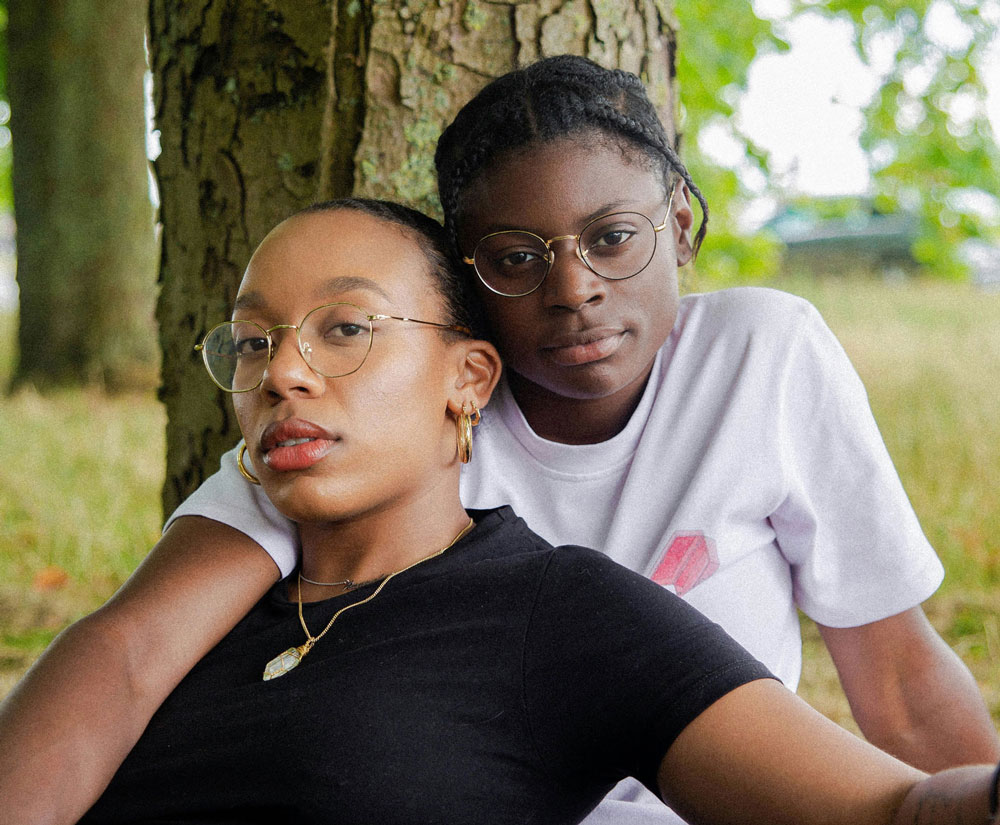Asexuality – Everything You Need to Know
25 July 2024
Asexuality is a sexual orientation that you may identify with if you experience no sexual attraction to people of the same or opposite sex. In fact, asexual people don’t usually have any desire to engage in sexual activity at all. In this article, we’ll take a closer look at the full spectrum of asexuality and some of the signs of this sexual orientation, as well as highlighting how asexual people can still enjoy completely normal relationships. Because we want to show that identifying as asexual isn’t a bad thing – it’s just a unique sexual identity all of its own.
- Defining asexuality
- The many facets of asexuality
- Asexuality in a happy relationship
- Am I asexual? How to find out
Defining asexuality
As we’ve already mentioned, asexuality is just one of many sexual identities that an individual might have. Canadian social psychologist Anthony Bogaert defines asexuality as experiencing no sexual attraction to people of any gender. Around 1 percent of the world’s population identifies as asexual, and according to experts, the majority of these people are women. There are no ‘causes’ for asexuality; usually, people have been asexual all their lives and only realize it over time, when they start comparing themselves to others. The opposite of asexuality is allosexuality, which is when a person does experience sexual attraction to others.
But just like all of the other sexuality labels, asexuality isn’t quite as easy to define as Bogaert suggests. Some asexual people don’t have sex at all, while others have and enjoy sex when certain conditions are met. There are also some people who identify as asexual, but who want to experience the romantic aspects of sex in a relationship. Others might masturbate but have no interest in having sex with another person. Asexuality really is a multifaceted sexual identity.
The many facets of asexuality
Just like all other sexual identities, asexual people occupy a diverse spectrum. Asexuality might be:
- Aromantic: Aromantic asexual people do not feel sexually or romantically attracted to others. However, they can still enjoy happy relationships if they find a partner who they get on with well enough to have a platonic relationship.
- Gray-asexual/gray-romantic: In this context, the word “gray” refers to a gray zone for people who identify as “gray-asexual” or “gray-romantic”. Generally, these people don’t experience sexual attraction, but they might find that it occurs from time to time. People with a very low sex drive can also fall into this category, along with people who do engage in sex and romantic relationships under very specific conditions.
- Demi-sexual/demi-romantic: People who identify with these labels can only enter into a sexual or romantic relationship with others after they have built up an emotional connection with their partner.
- Reciprosexual/recipromantic: This part of the asexuality spectrum is for people who only experience a romantic or sexual attraction to another person if they know that the other person is attracted to them.
- Akoisexual/akoiromantic: These labels describe people who can experience sexual and/or romantic attraction but whose feelings fade when the other person reciprocates.
- Aceflux/aroflux: People who identify with this part of the asexuality spectrum have a range of different experiences of asexuality. If you’re ‘aceflux’, you might feel asexual one day but experience sexual attraction the next. If you’re ‘aroflux’, the same happens with romantic feelings toward others; you swing between romantic and aromantic identities.
You are the only person who can decide where you sit on the spectrum. And even if you don’t identify with any of the different labels, that’s not unusual. Every individual is born with their own unique sexual identity and/or develops it over the course of their life.

Asexuality in a happy relationship
It can be difficult for people to understand asexuality in a relationship context, and that’s understandable. But asexual people can and do have happy relationships, because closeness and affection can exist without sex. If two asexual people who identify with one of the aforementioned categories find one another and are able to talk openly and extensively about their feelings, they can form a completely normal relationship that is fulfilling for both partners. A sense of connection with another person does not have to stem from a sexual relationship. Because asexuality is so multifaceted, it’s important to know how to label yourself and to share this information with your partner. Relationships that involve one asexual partner and one non-asexual partner can be more difficult to navigate, but they’re definitely not impossible. The key is talking about the topic and finding a way to have a relationship and sexual relationship that suits both partners. Many asexual people want to be involved in a loving, romantic relationship without experiencing any physical desire for sex. In relationships with asexual partners where sex is not on the table, other aspects of the relationship are often prioritized to foster a sense of connection and closeness, such as deep conversation or a shared hobby.
Just like all of the various sexualities, love can have many facets and mean different things to different people. What’s important is that both partners agree, that they each know about their partner’s preferences, and that they communicate regularly. With those three things checked off, it’s entirely possible for people with little or no desire for sexual interaction to have a healthy, happy relationship.
Am I asexual? How to find out
If you’re reading about this topic, it could be because you’re wondering if you are asexual. Anyone can go off the idea of sex from time to time; in relationships, couples sometimes go months without an opportunity for sex because of their hectic day-to-day lives, or maybe you just don’t find many people that sexually attractive. However, if you can give a definite yes or no answer to the following questions, you might be among the 1 percent of the world’s population that identifies as asexual:
- Have you ever become sexually aroused by the touch of another person?
- Do you like having sex, or do you feel that you’re only doing it to please the other person?
- Do you find it difficult to not have sex, or do you find it easy to go months or even years without sex?
- When you experience sexual feelings for another person, do these only arise once you know the person better and perhaps even after you’ve already established an emotional connection?
- Do you feel under pressure to enter into an intimate relationship because everyone else is in one?
These questions are just intended as a starting point, but they might help you to better understand and label your own sexuality.
Asexuality is a sexuality just like heterosexuality, bisexuality, homosexuality, and many others; in fact, in the acronym LGBTQIA+, the “A” stands for asexuality. If you’ve ever wondered if you’re asexual, we hope that this article has helped you better understand your identity. Regardless of whether you’ve only just started to identify as asexual, or if you’ve known you’re asexual for as long as you can remember, be proud of who you are and your sexuality – we’re proud of you at pjur!
By the way: Like many other sexual identities and orientations, asexuality has its own flag (pictured). The black stripe represents complete asexuality, while gray stands for the asexual spectrum. White represents non-asexual partners, and purple represents community solidarity.



